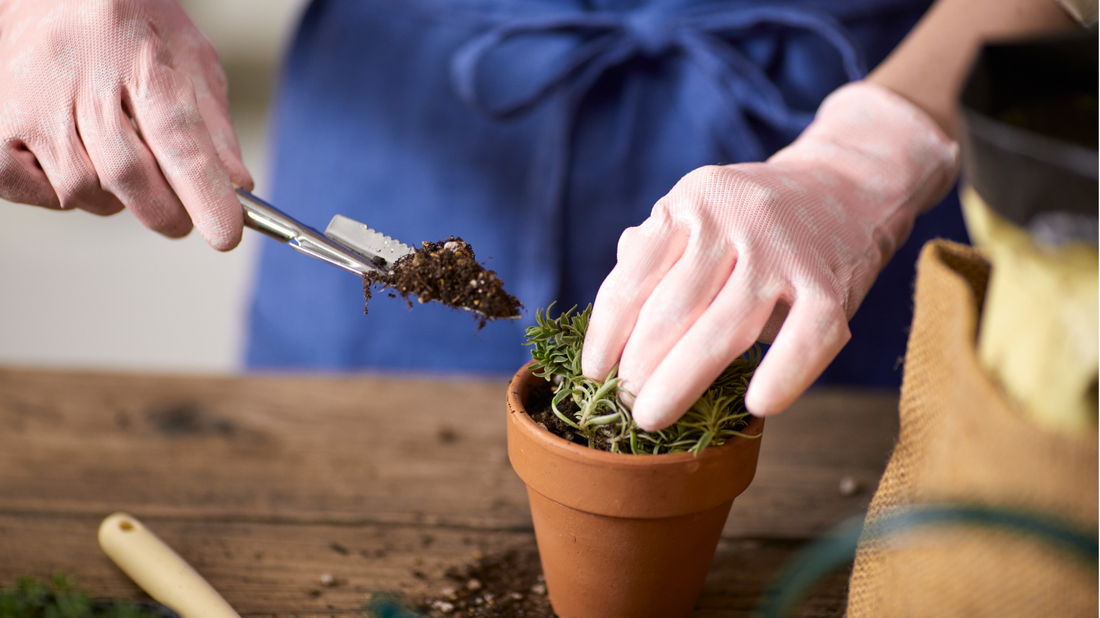Gardening is one of the most rewarding hobbies—but even the most passionate gardeners often make simple mistakes without realizing it. These small errors can lead to poor plant growth, pests, diseases, or even dead plants. The good news? Most gardening mistakes are easy to fix once you know what to avoid.
In this blog, we’ll walk through the most common gardening mistakes and show you how to prevent them so your plants grow healthier, stronger, and happier.
1. Overwatering or Underwatering

Mistake:
Most beginners either water too much or not enough. Overwatering leads to root rot and fungal growth, while underwatering causes stunted growth and wilting.
How to Avoid:
- Check soil moisture before watering.
- Use pots with drainage holes.
- Water in the morning for best absorption.
- Follow plant-specific watering needs.
Pro Tip:
Stick your finger 1–2 inches into the soil—if it feels dry, it’s time to water.
2. Planting in the Wrong Location
Mistake:
Placing shade-loving plants in full sun or sun-loving plants in dark corners leads to stress, yellowing, and poor growth.
How to Avoid:
- Check the light requirement of each plant.
- Observe sunlight patterns in your space.
- Group plants based on light needs.
- Rotate containers if needed to ensure full exposure.
3. Using Poor-Quality Soil
Mistake:
Gardeners often reuse old soil or use heavy, compacted earth that doesn't support plant roots.
How to Avoid:
- Use nutrient-rich potting mix for container plants.
- Add compost or cocopeat for better structure.
- Improve clay or sandy soil with organic matter.
- Test pH if you're growing fruits or vegetables.
4. Overcrowding Plants
Mistake:
Planting too many plants in one area leads to competition for nutrients, water, and sunlight.
How to Avoid:
- Follow spacing guidelines on seed packets or labels.
- Thin seedlings if they grow too close.
- Give each plant enough room to expand.
Think of it like this:
Plants need “personal space” too!
5. Ignoring Soil Nutrients

Mistake:
Assuming soil provides everything is a big error. Over time, nutrients get depleted.
How to Avoid:
- Use organic fertilizers or compost regularly.
- Replace topsoil in pots every season.
- Apply micronutrients when deficiencies appear.
- Use manure, oilcakes, or biofertilizers for long-term health.
6. Planting at the Wrong Time
Mistake:
Growing seasonal plants at the wrong time results in weak roots, slow growth, and pest attacks.
How to Avoid:
- Plant according to climate and season.
- Research growing cycles (summer, winter, monsoon crops).
- Start seeds indoors if required.
7. Neglecting Pest Prevention
Mistake:
Waiting until pests appear instead of preventing them.
How to Avoid:
- Inspect plants regularly.
- Use neem oil, garlic spray, or organic pest repellents.
- Encourage beneficial insects like ladybugs.
- Avoid chemical overload—plants absorb toxins too.
8. Skipping Mulching
Mistake:
Leaving soil exposed makes it dry faster and promotes weed growth.
How to Avoid:
- Add mulch using leaves, straw, wood chips, or cocopeat.
- Helps retain moisture and regulate soil temperature.
Mulching can reduce watering needs by 30–40%!
9. Ignoring Pruning
Mistake:
Letting plants grow wild without trimming leads to weak stems and poor flowering.
How to Avoid:
- Prune dead, dry, or diseased parts regularly.
- Pinch off spent flowers to promote new ones.
- Use clean, sharp tools.
10. Using the Wrong Containers
Mistake:
Growing big plants in tiny pots or water-sensitive plants in bowls with no drainage.
How to Avoid:
- Match pot size to plant size.
- Always ensure drainage holes.
- Repot growing plants when roots spread out.
Gardening doesn’t need to be stressful—mistakes are part of the learning journey. The key is understanding what plants need and responding with small steps. By avoiding these common gardening mistakes, you can create a blooming, healthy, and sustainable garden in any space—balcony, terrace, backyard, or farm.


